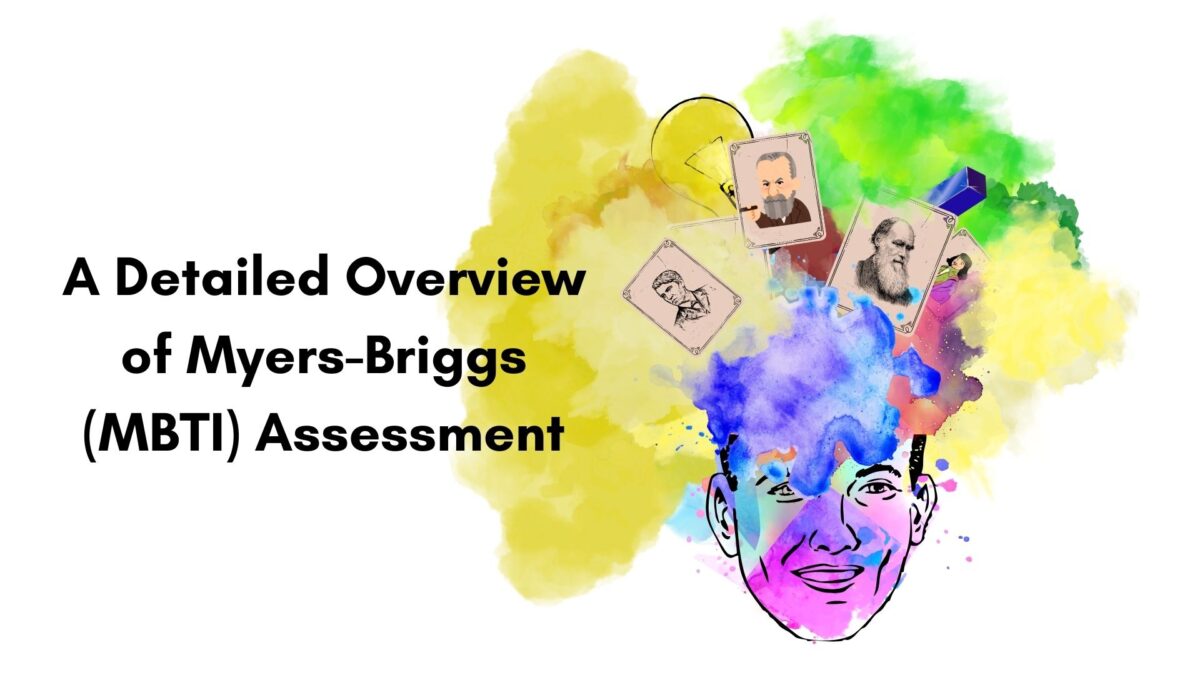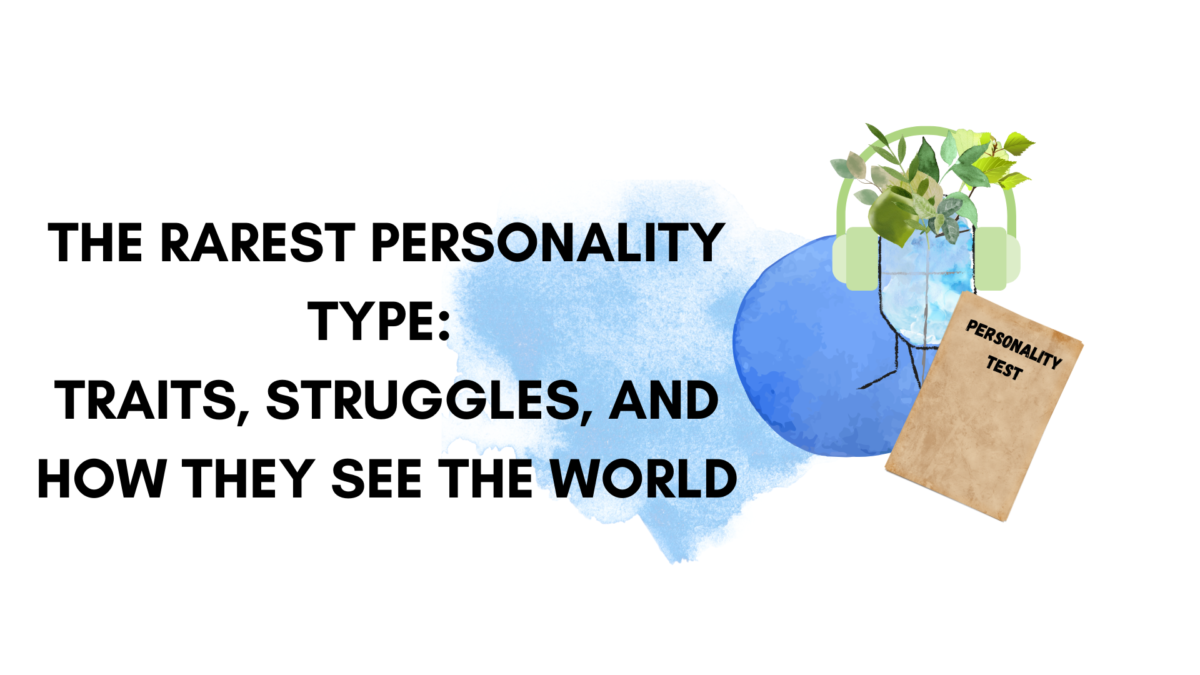The Quiet Power of Self-Respect You’ve heard it before. “Respect yourself.” “Stop settling.” “Know your worth.” But no one ever really told you how.They didn’t tell you how blurry it gets when love is involved.They didn’t warn you how easy it is to slowly, quietly shrink to fit inside someone else’s comfort zone. It doesn’t […]










